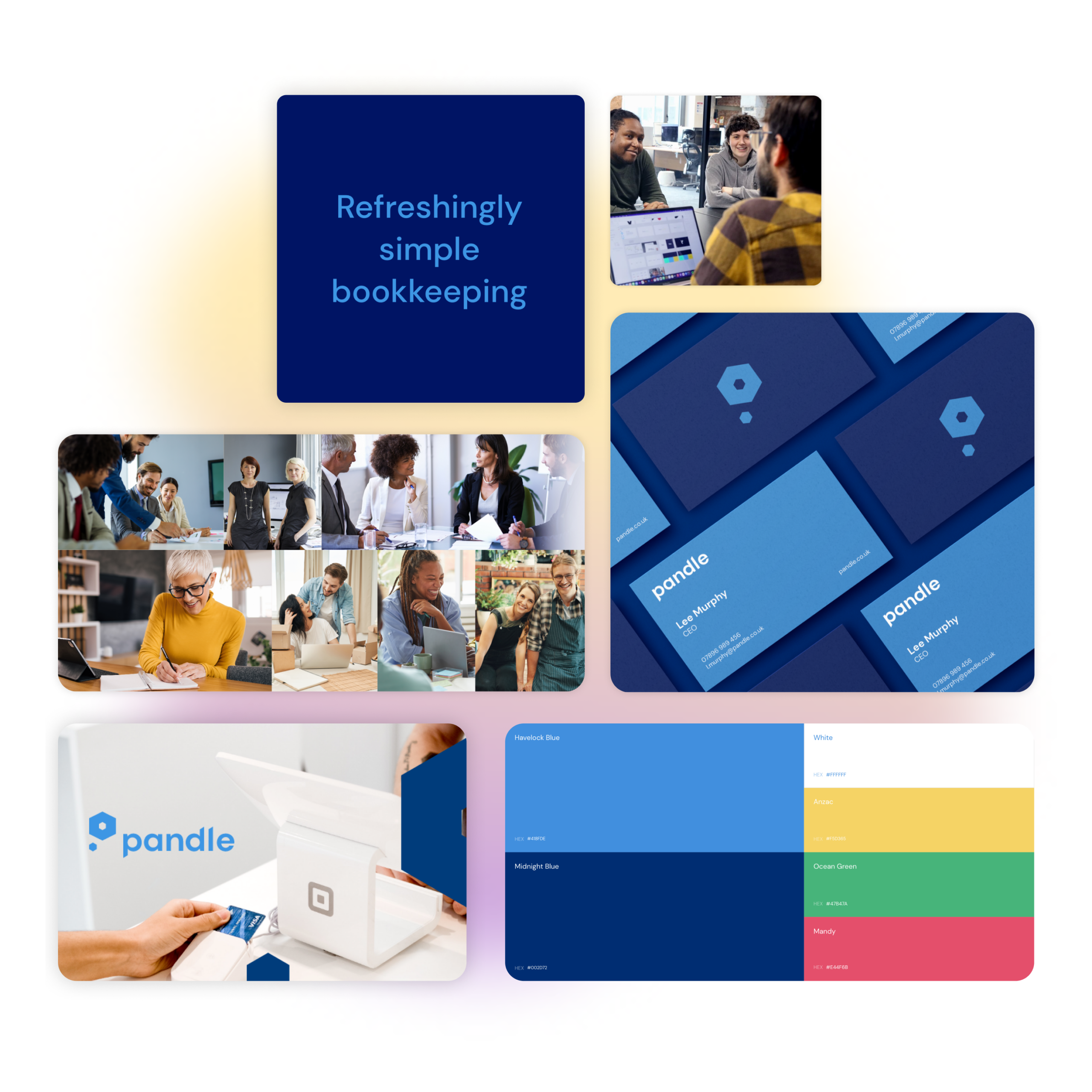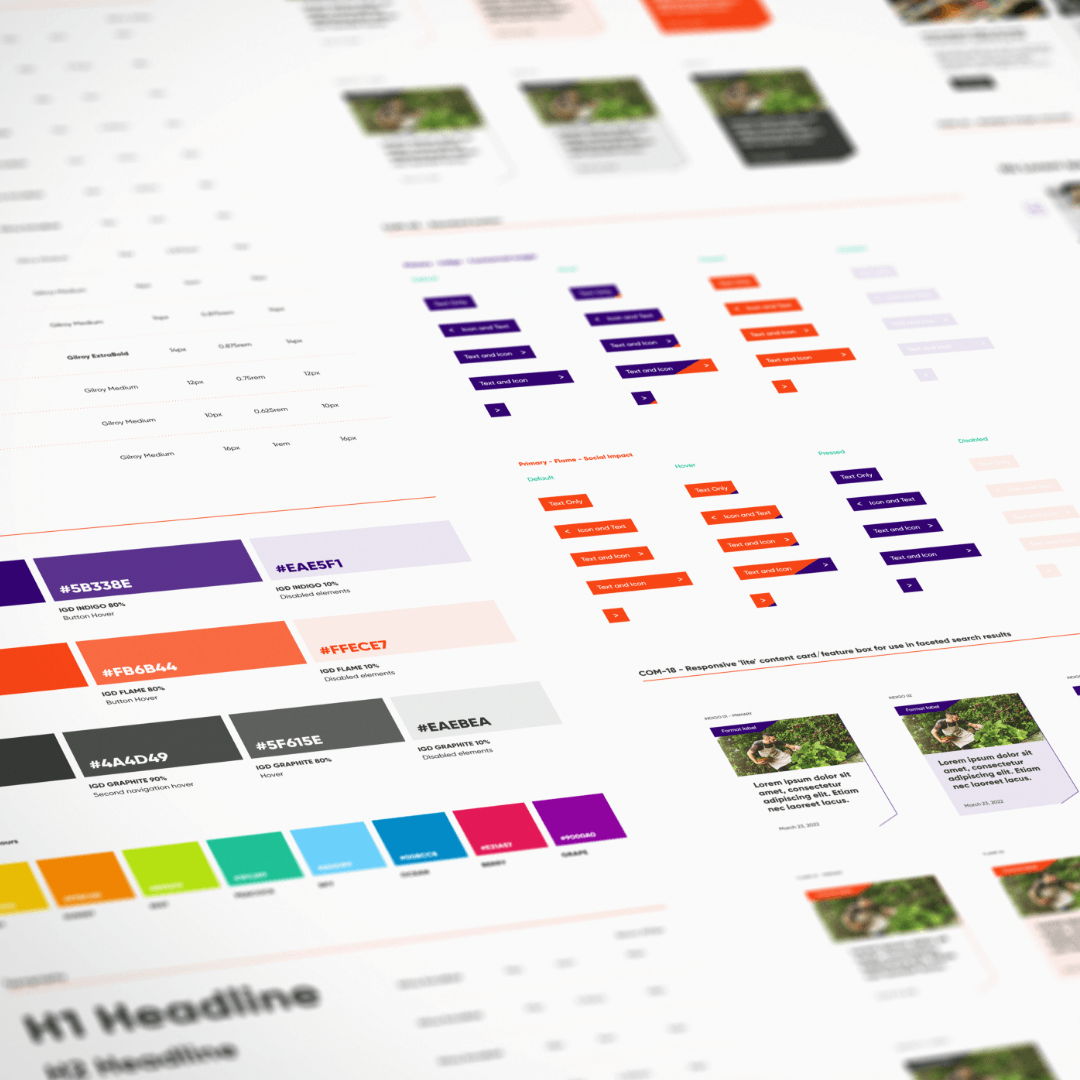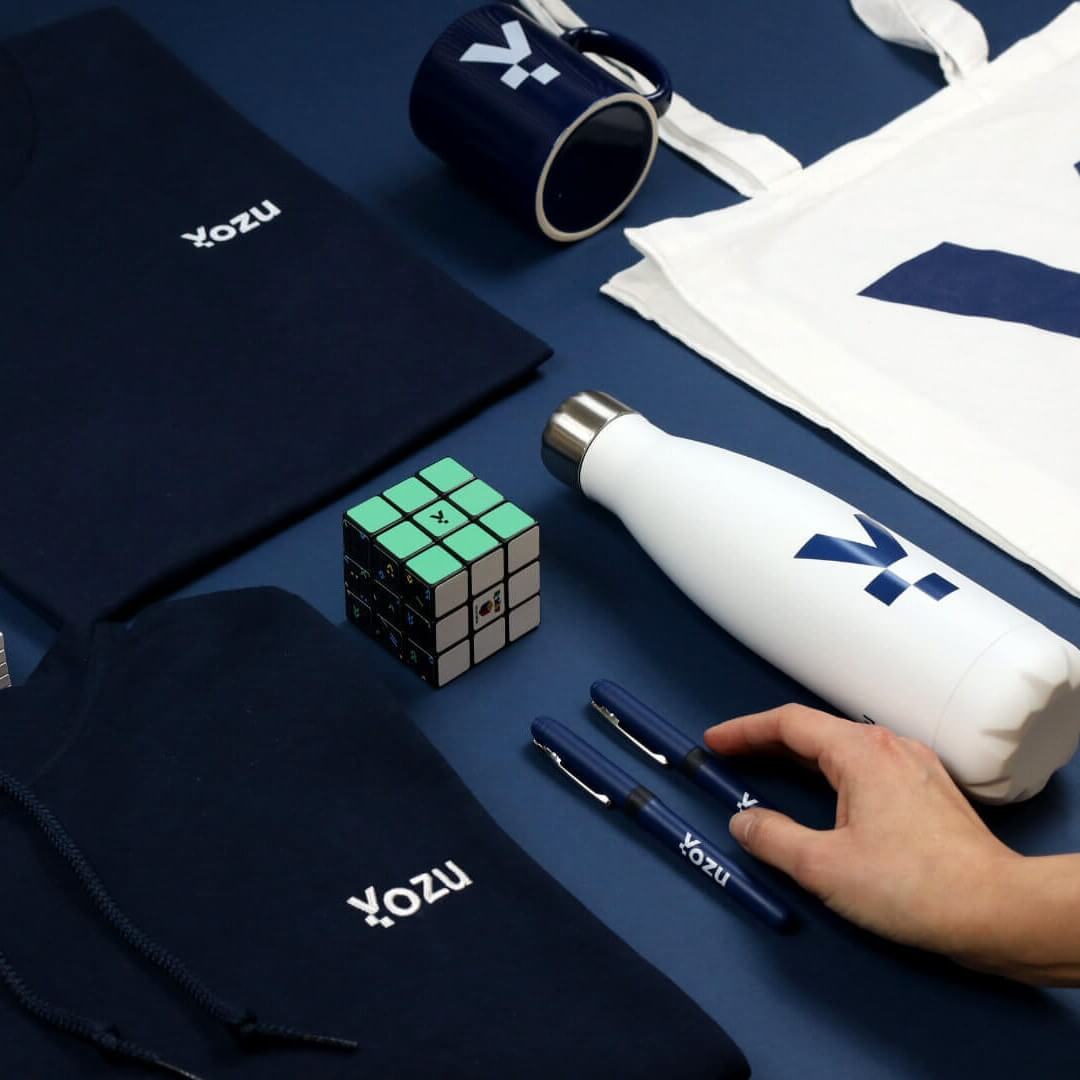When it comes to business, two terms that are often used interchangeably are branding and marketing. While they are related, there are some key differences between the two.
It’s about creating a unique identity for your business that sets you apart from the competition. It’s about creating a memorable name, logo, tagline, and overall brand voice that resonates with your target audience. Branding is a long-term process that builds trust, credibility, and loyalty with your customers.
Marketing, on the other hand, is about promoting your business and its products or services. It’s about creating campaigns and tactics to reach your target audience and persuade them to buy from you. Marketing is a more short-term, tactical approach that is focused on generating leads and driving sales.
Here are some key differences between branding and marketing:
- Focus: Branding focuses on creating a unique identity for your business, while marketing focuses on promoting that identity to potential customers.
- Timeframe: Branding is a long-term process that builds trust and loyalty over time, while marketing is more short-term and focused on generating leads and sales.
- Goals: The goal of branding is to create a strong and memorable identity that sets you apart from the competition, while the goal of marketing is to promote your business and generate sales.
- Approach: Branding is more strategic and holistic, while marketing is more tactical and focused on specific campaigns and tactics.



